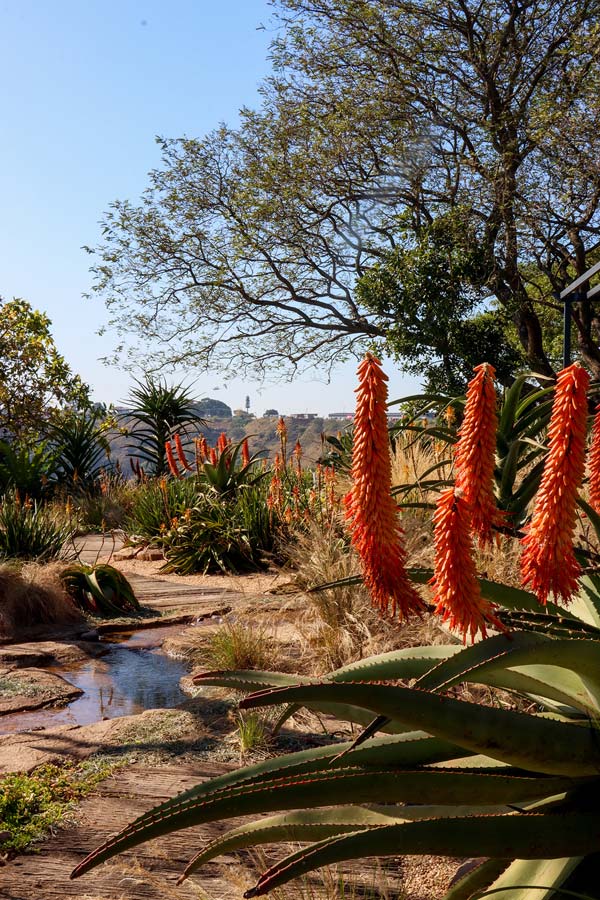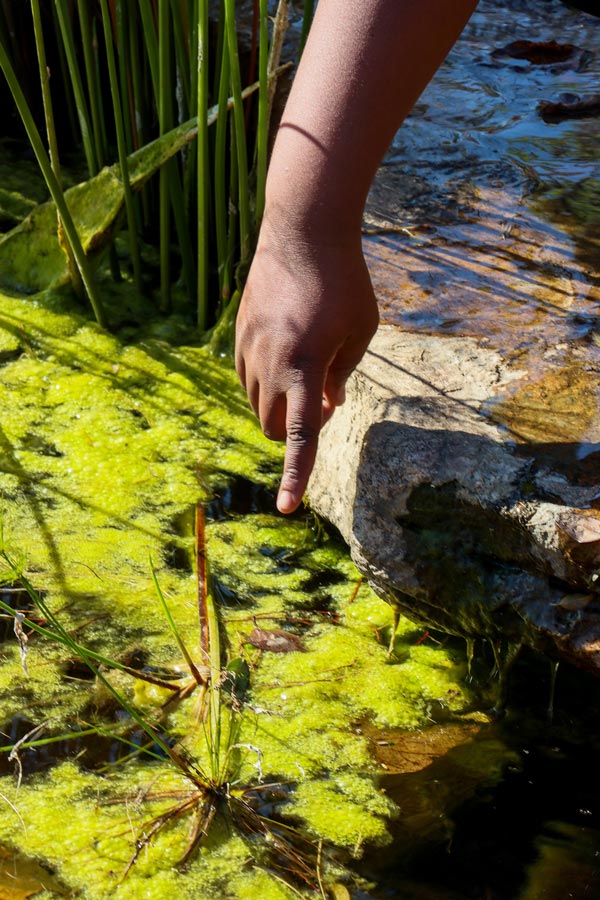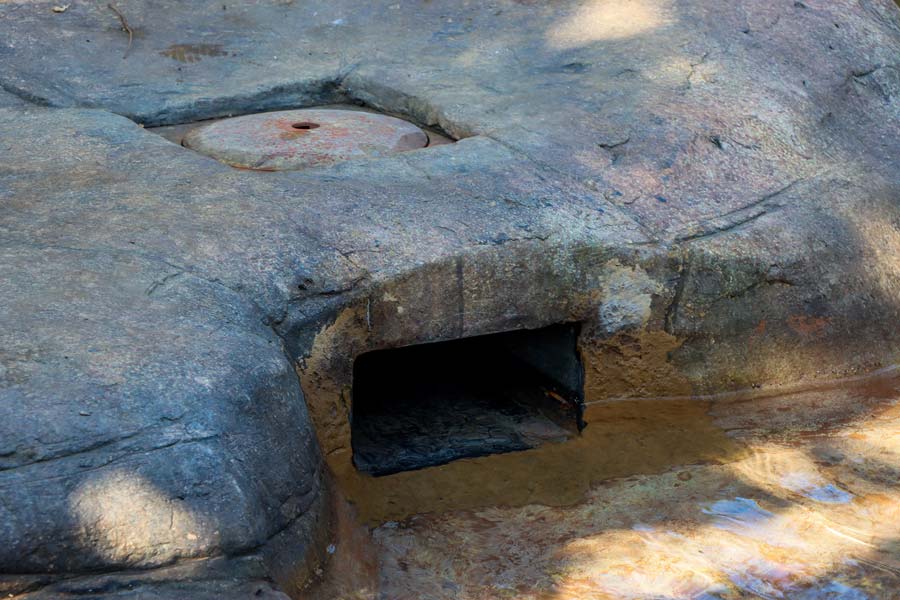A swimming pool can be much more than a sterile blue patch of water surrounded by concrete. It can be a natural and alive haven of solitude.
When we hear the words ‘swimming pool’, most of us picture a shimmering blue pool of water surrounded by paving, perhaps a hint of chlorine in the air. A typical swimming pool looks great and is so inviting on a summer’s day, but these days more and more pools are being built along environmentally friendly principles, referred to as natural or eco pools.
There are various degrees of natural pool. Some look more natural with the inclusion of rocks or man-made rocks and many are shallower than the average swimming pool and so use less water. Less chlorine should be used (if any) and some natural pools still use a standard sand filter to clarify the water. This sort of natural pool can also still have traditional pool lights and a weir basket to trap floating leaves.
The surroundings of a natural pool are also important to attract wildlife by feeding it, giving it shelter and safe access to water. Indigenous trees, aloes, shrubs and grasses, like the coral trees and Aloe ferox in this example, can bring a pool area alive.
Then there is the true natural or eco pool which uses no chemicals and sometimes even no mechanical filtration.
These are often quite shallow for the majority of the pool, with a deeper swimming section that should be no more than a third of the total surface area.

The shallow majority is planted with a collection of aquatic plants that work together as a bio-filter. These plants trap debris and their roots suck up the water and filter it to keep it clean. In addition, they – and their roots – provide a breeding ground for beneficial bacteria that help to break down any contaminants. Pools like this often do have a pump that moves the water around, otherwise it would become stagnant. The water usually returns to the pool through a large biofilter of plants. The plants also keep the water oxygenated which is vital for the organisms that call the pool home. A bit of algae here and there is barely noticeable and is beneficial to the ecosystem in the natural pool.
The plants used in a natural pool are usually indigenous to the area and this is often continued into the garden that surrounds the pool, with plants such as grasses and cycads popular.
This type of pool needs minimal maintenance and is chemical free, supporting a wide range of bird and insect life, as well as frogs and other animals. Who would have guessed that a pool like this exists in the heart of the city? Just imagine diving into the clear water of a natural pool that is kept clear by nature and not chlorine.

However, Builders do have the majority of the products you would need for the job and there are many relevant posts on our blog and YouTube channel. Get to Builders. Get it done.











